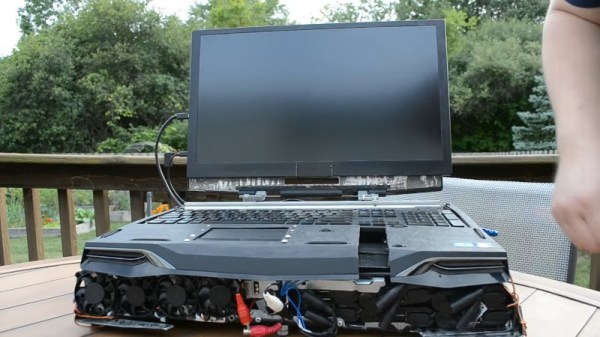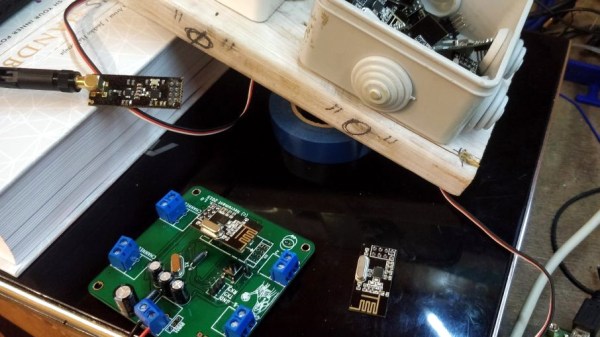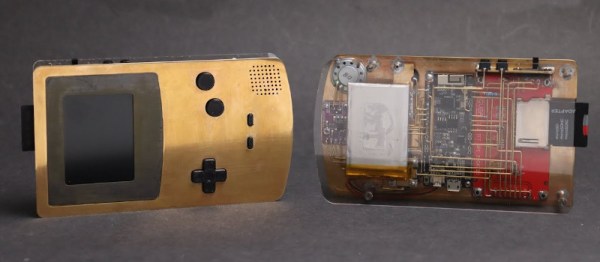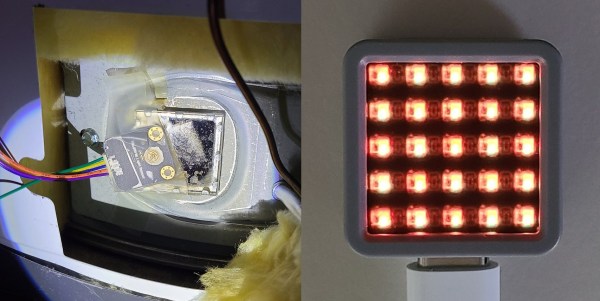OpenWRT is one of my absolute favorite projects, but it’s had a rough week. First off, the official OpenWRT forums is carrying a notice that one of the administrator accounts was accessed, and the userlist was downloaded by an unknown malicious actor. That list is known to include email addresses and usernames. It does not appear that password hashes were exposed, but just to be sure, a password expiration has been triggered for all users.
The second OpenWRT problem is a set of recently discovered vulnerabilities in Dnsmasq, a package installed by default in OpenWRT images. Of those vulnerabilities, four are buffer overflows, and three are weaknesses in how DNS responses are checked — potentially allowing cache poisoning. These seven vulnerabilities are collectively known as DNSpooq (Whitepaper PDF). Continue reading “This Week In Security: OpenWRT, Favicons, And Steganographia”


















